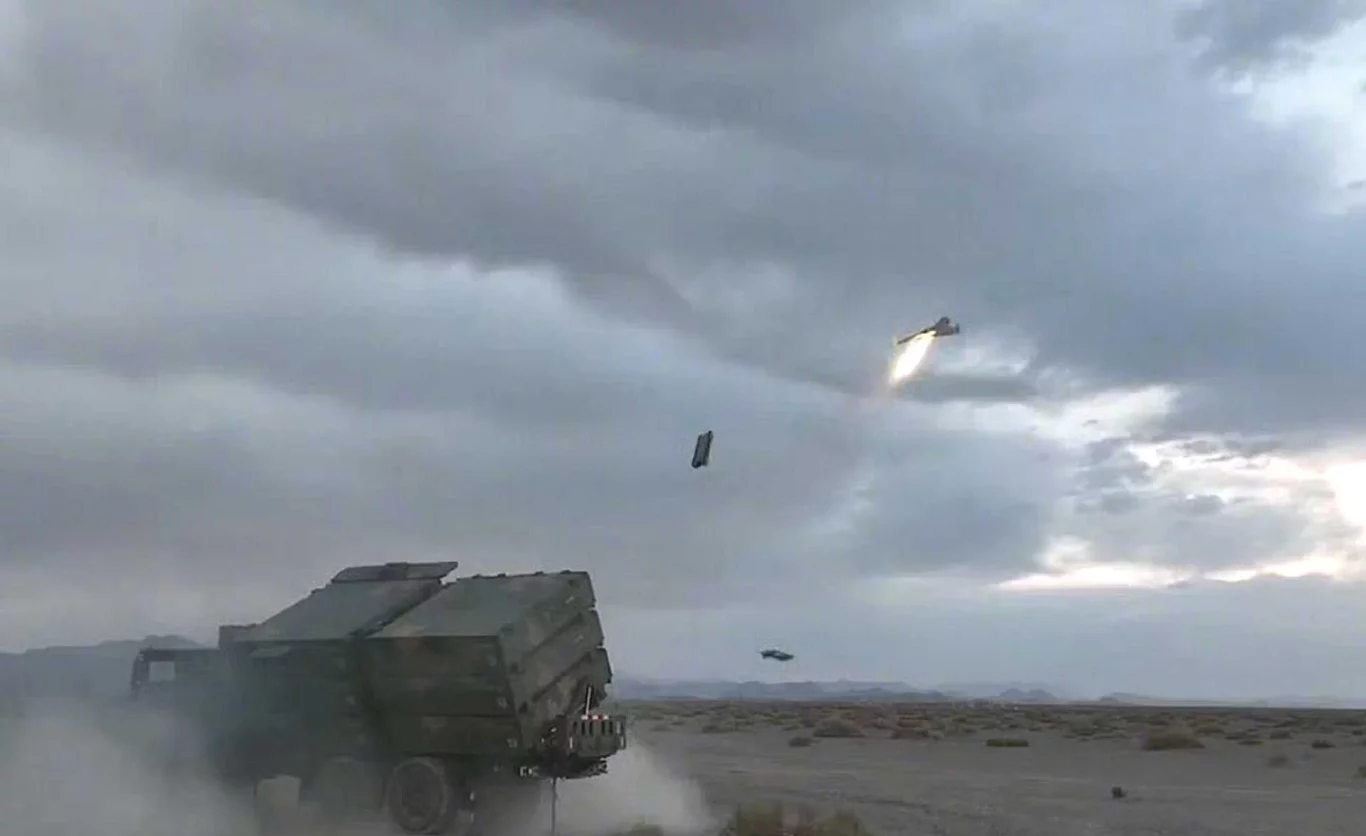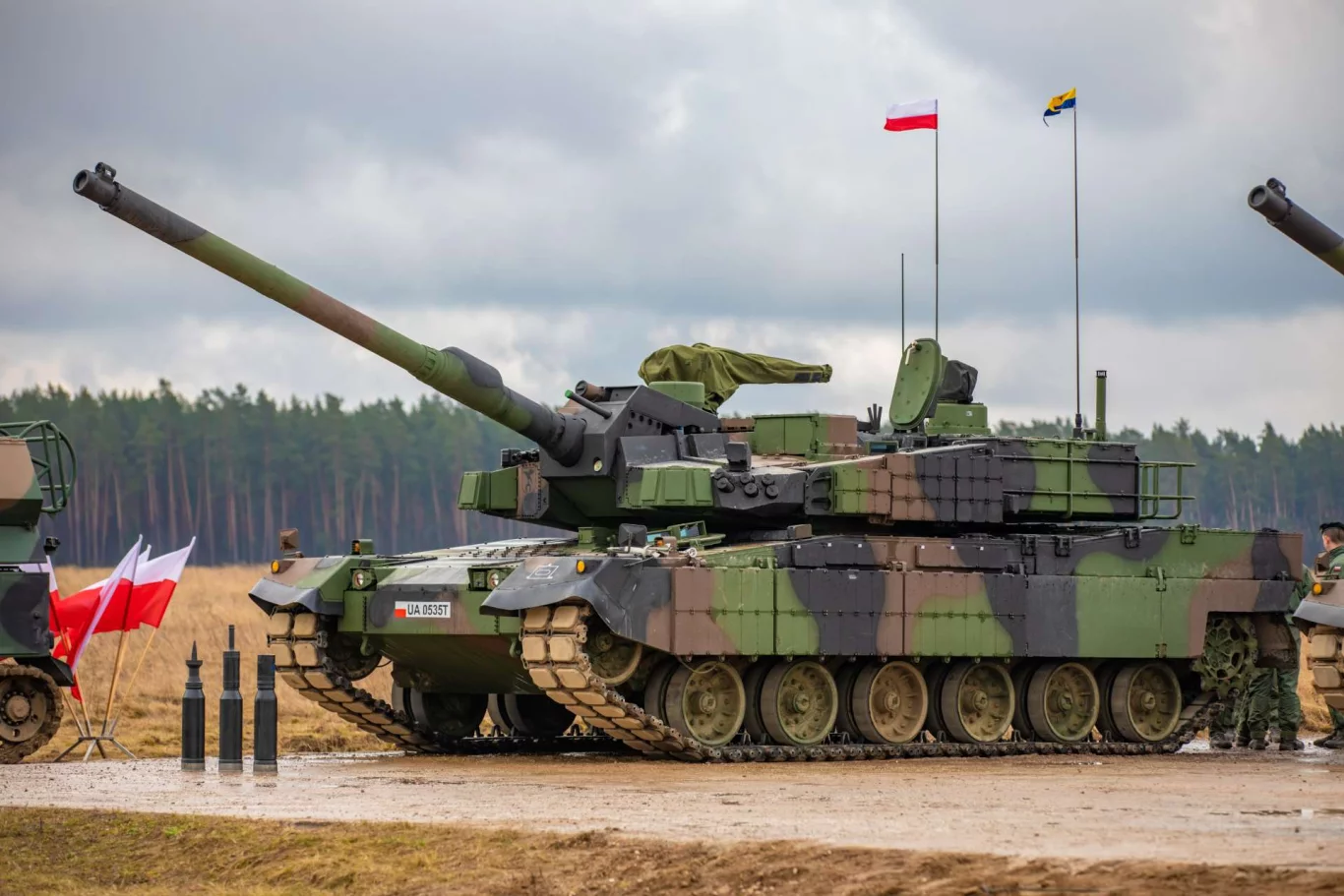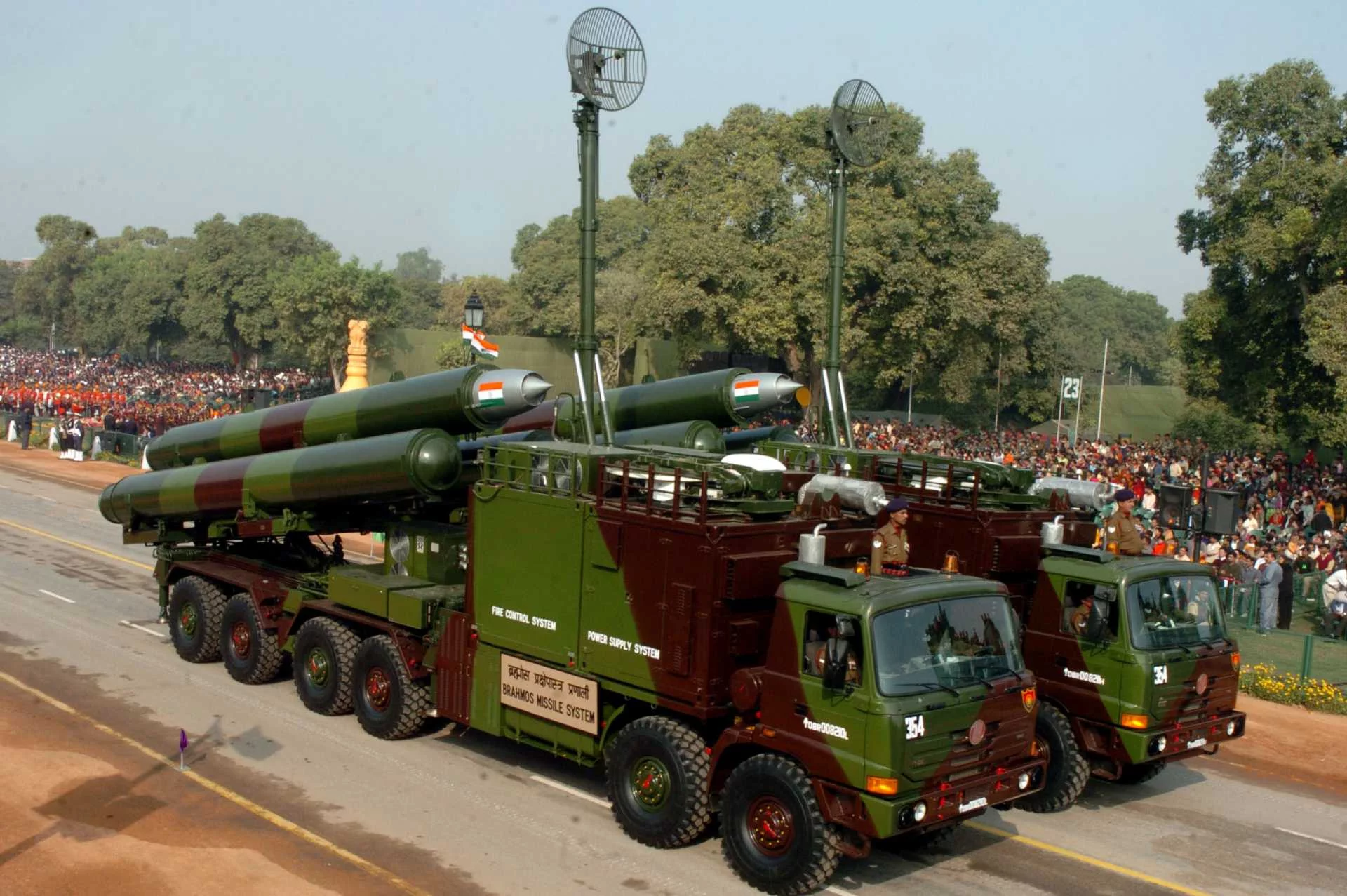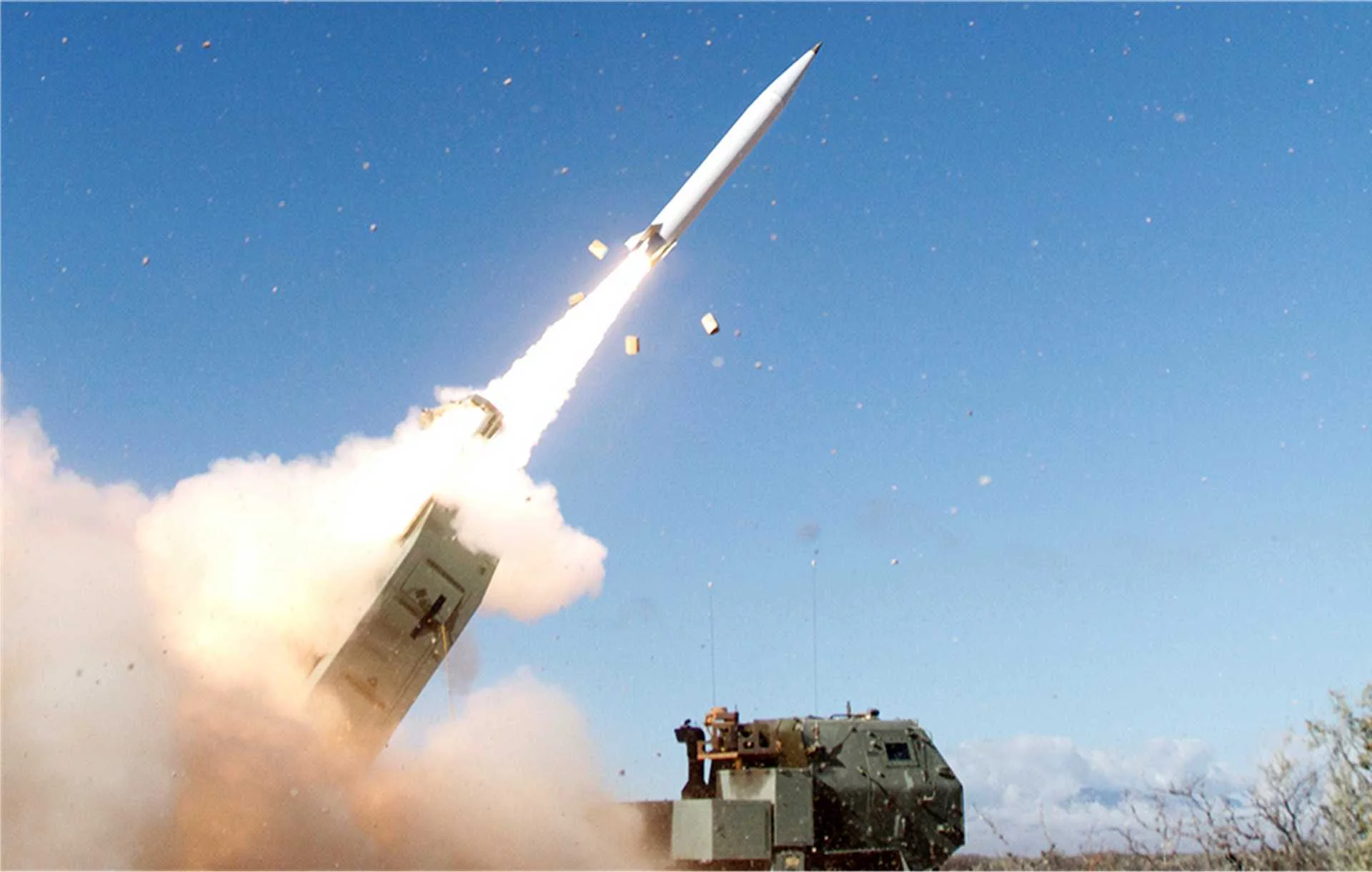In a development that signals a significant and potentially disruptive evolution in modern electronic warfare, China has reportedly conducted extensive testing of its ASN-301 anti-radar drone. This specialized unmanned aerial vehicle (UAV), designed to autonomously seek out and destroy enemy radar systems, represents a new and formidable threat for U.S. and allied forces operating in the Indo-Pacific region and beyond. Its deployment would not only enhance the People’s Liberation Army (PLA)’s suppression of enemy air defenses (SEAD) capabilities but also introduce a highly scalable and cost-effective means of degrading an adversary’s critical sensor networks, fundamentally altering the tactical landscape.
The ASN-301 is understood to be a loitering munition, often referred to as a “kamikaze drone,” specifically engineered to target radar emitters. Unlike traditional anti-radiation missiles (ARMs) launched from manned aircraft, the ASN-301 offers several distinct advantages:
- Persistent Loitering: It can orbit a designated area for extended periods, waiting for enemy radars to emit signals before prosecuting its attack. This contrasts with traditional ARMs that are typically launched after a brief radar “blink.”
- Autonomous Targeting: Equipped with advanced passive radar homing systems and potentially other sensors, the ASN-301 can autonomously identify, classify, and engage specific radar types, reducing the need for direct human intervention in the terminal attack phase.
- Scalability and Cost-Effectiveness: Drones are generally cheaper to produce and operate than manned fighter jets and their associated ARMs. This allows for the deployment of larger numbers, potentially overwhelming enemy air defense networks through sheer volume.
- Reduced Risk to Manned Platforms: Using drones for SEAD missions removes pilots from the highly dangerous task of penetrating enemy airspace to destroy air defenses, minimizing personnel risk.
- Swarming Potential: In the future, the ASN-301 could be integrated into drone swarms, coordinating attacks to simultaneously engage multiple radar sites or overwhelm a single complex.
For the PLA, the ASN-301 would be a critical component of its anti-access/area denial (A2/AD) strategy, particularly in scenarios involving potential conflicts in areas like the Taiwan Strait or the South China Sea. U.S. and allied forces heavily rely on sophisticated radar networks – including those on ships, ground stations, and airborne early warning aircraft – for air defense, situational awareness, and targeting. The ability of the ASN-301 to systematically degrade or destroy these radars would:
- Blind Air Defenses: By taking out ground-based and potentially naval radars, the ASN-301 could create critical gaps in an adversary’s air defense shield, making it easier for manned aircraft and other strike assets to penetrate.
- Disrupt Command and Control: Destroying key radar nodes can disrupt the flow of information, making it harder for commanders to get a clear picture of the battlespace and coordinate responses.
- Increase Risk to High-Value Assets: Without effective radar protection, high-value assets like aircraft carriers, destroyers, and airfields become more vulnerable to attack.
- Enable Follow-on Strikes: Clearing a path through enemy air defenses is a prerequisite for successful conventional strike operations, and the ASN-301 would significantly enhance this capability.
The development and testing of the ASN-301 signal China’s deep understanding of modern electronic warfare and its commitment to integrating unmanned systems into every facet of its military doctrine. It reflects a global trend where smaller, more numerous, and increasingly autonomous systems are challenging the dominance of larger, more expensive manned platforms. This shift forces a re-evaluation of current defensive strategies and emphasizes the need for robust counter-UAS capabilities and resilient, distributed air defense architectures.
U.S. and allied forces will undoubtedly be studying the capabilities of the ASN-301 closely. Countermeasures could include:
- Signature Management: Developing radars with lower detectable emissions, or those that can quickly change frequencies or operating modes.
- Hardening and Redundancy: Physically protecting radar sites and ensuring multiple layers of redundant systems to prevent a single drone strike from creating a critical vulnerability.
- Active Defense: Developing effective counter-UAS systems, including electronic warfare jammers, directed energy weapons (lasers), and kinetic interceptors, capable of detecting and destroying incoming anti-radar drones.
- Distributed Sensors: Relying less on large, fixed radar sites and more on a network of smaller, mobile, and expendable sensors.
The ASN-301, if deployed widely, represents a significant leap in China’s SEAD capabilities and presents a serious challenge to conventional air defense strategies. It is a stark reminder that the future of warfare is increasingly autonomous, networked, and fought across the electromagnetic spectrum, demanding continuous innovation and adaptation from all major military powers. The quiet hum of an anti-radar drone could soon become a harbinger of a new and highly dangerous era in aerial combat.




